Roblox Repeatedly Sued for Harm to Children and Teens
 A string of lawsuits has been filed against Roblox alleging that the platform allows child grooming and exploitation. In November, it was reported that the company faced more than 35 lawsuits. Many of these lawsuits have been brought by parents. However, states have also brought legal action against Roblox. Some of these lawsuits allege that children and teens are repeatedly exposed to sexually explicit content, exploitation, and grooming on the platform; some allege that the platform enables sexual predators to contact children even when they aren’t connected. In one case, a perpetrator, had started communications by posing as a 16-year-old, and moved communication off of Roblox and onto Discord, where he coerced the child with Robux gift cards in exchange for explicit videos and images and tried to arrange an in-person meeting, even threatening the child that he knew his home address.
A string of lawsuits has been filed against Roblox alleging that the platform allows child grooming and exploitation. In November, it was reported that the company faced more than 35 lawsuits. Many of these lawsuits have been brought by parents. However, states have also brought legal action against Roblox. Some of these lawsuits allege that children and teens are repeatedly exposed to sexually explicit content, exploitation, and grooming on the platform; some allege that the platform enables sexual predators to contact children even when they aren’t connected. In one case, a perpetrator, had started communications by posing as a 16-year-old, and moved communication off of Roblox and onto Discord, where he coerced the child with Robux gift cards in exchange for explicit videos and images and tried to arrange an in-person meeting, even threatening the child that he knew his home address.
Last year in December, a thirteen-year-old took her own life, and a lawsuit was filed against the gaming platforms Roblox and Discord. The teenager who died by suicide began playing Roblox when she was eight years old and experienced a downturn in her mental health. She recorded the countdown to her death in her diary. If your child was harmed by Roblox or Discord, you should call the seasoned Chicago-based product liability lawyers of Moll Law Group. Billions have been recovered in cases with which we’ve been involved.
Call Moll Law Group About Whether Your Claim is Viable
According to the lawsuit involving the 13-year-old, Roblox allows experiences that center on Jeffrey Epstein; the 1999 Columbine school shooting; and shootings of minorities with the words “ethnic cleansing” onscreen. The filing also claims that Discord permits content related to self-harm and that adults have used the platform to blackmail or ask teenagers to harm themselves or commit suicide in front of the phone or computer camera.
 Illinois Injury and Mass Tort Lawyer Blog
Illinois Injury and Mass Tort Lawyer Blog






 Thirty-nine infants have been hospitalized with botulism, which can be fatal, and officials have linked their illness with ByHeart Whole Nutrition Infant Formula. The infants range in age from 16 to 264 days. There have been no deaths so far. All ByHeart baby formula has been
Thirty-nine infants have been hospitalized with botulism, which can be fatal, and officials have linked their illness with ByHeart Whole Nutrition Infant Formula. The infants range in age from 16 to 264 days. There have been no deaths so far. All ByHeart baby formula has been 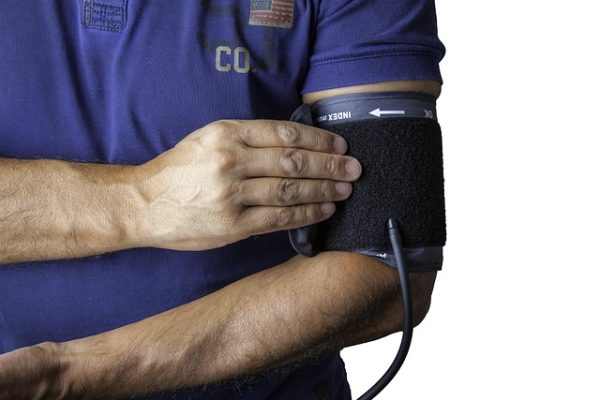 On October 7, Teva Pharmaceuticals
On October 7, Teva Pharmaceuticals 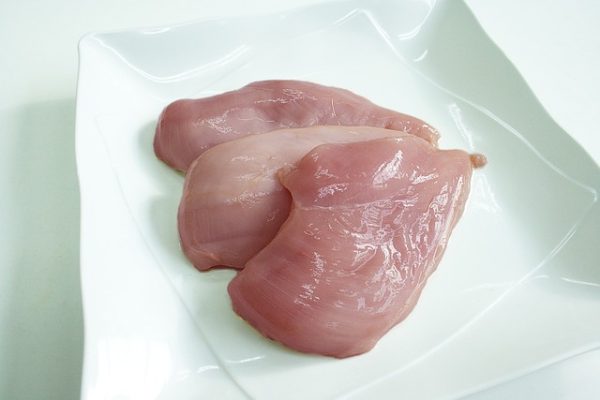 Hormel Foods
Hormel Foods 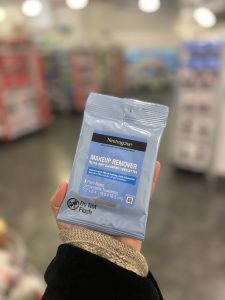 Over 15,000 packages of
Over 15,000 packages of 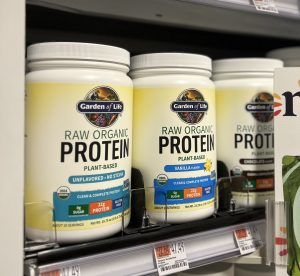 A Consumer Reports investigation found that some protein shakes and powder include dangerous levels of lead. The
A Consumer Reports investigation found that some protein shakes and powder include dangerous levels of lead. The  Southwind Foods, LLC has had a series of recalls due to possible radionuclide (Cesium-137) contamination. There are widespread traces of Cs-137 in the environment, but they can be found in higher levels in water or food that’s been produced in an area that is environmentally contaminated. Repeated low-level exposure to contaminated food or water can be dangerous because it can elevate the risk of cancer. If you believe you were harmed by
Southwind Foods, LLC has had a series of recalls due to possible radionuclide (Cesium-137) contamination. There are widespread traces of Cs-137 in the environment, but they can be found in higher levels in water or food that’s been produced in an area that is environmentally contaminated. Repeated low-level exposure to contaminated food or water can be dangerous because it can elevate the risk of cancer. If you believe you were harmed by  Hillshire Brands Company recently issued a
Hillshire Brands Company recently issued a  The global demand for plush elf dolls or “Labubus” owned by celebrities like Rihanna, Kim Kardashian, and K-pop star Lisa of Blackpink has given rise to
The global demand for plush elf dolls or “Labubus” owned by celebrities like Rihanna, Kim Kardashian, and K-pop star Lisa of Blackpink has given rise to 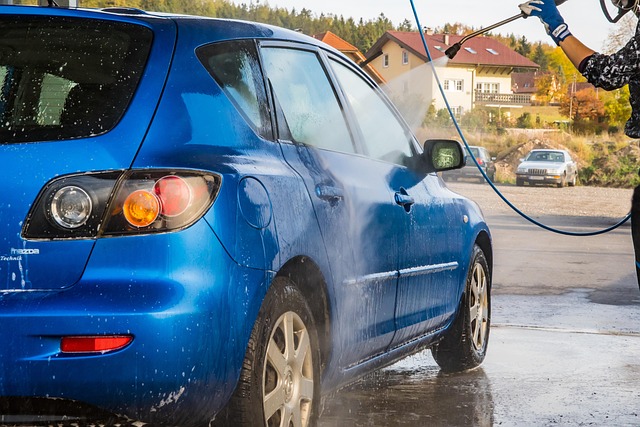 Recently, TTI Outdoor Power Equipment
Recently, TTI Outdoor Power Equipment